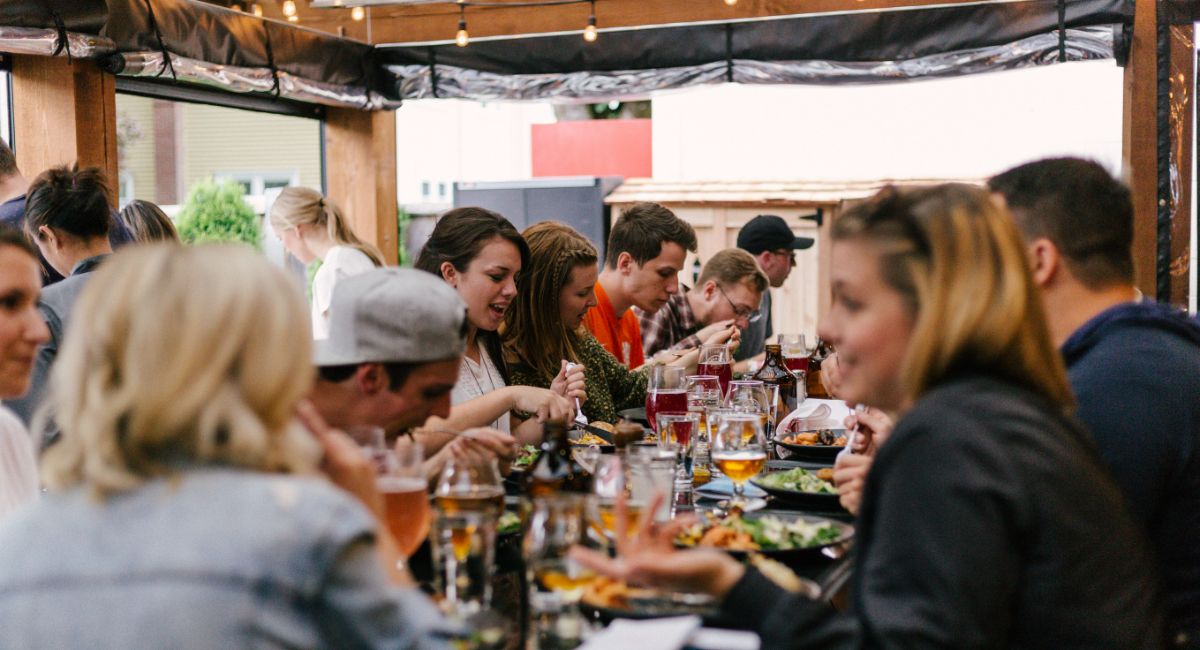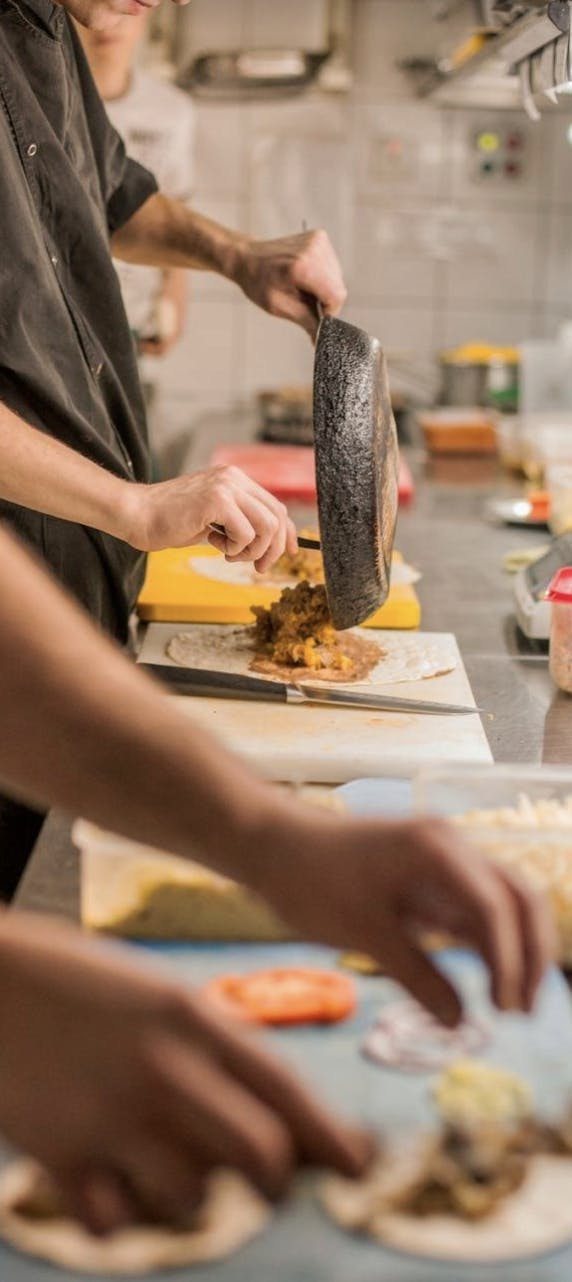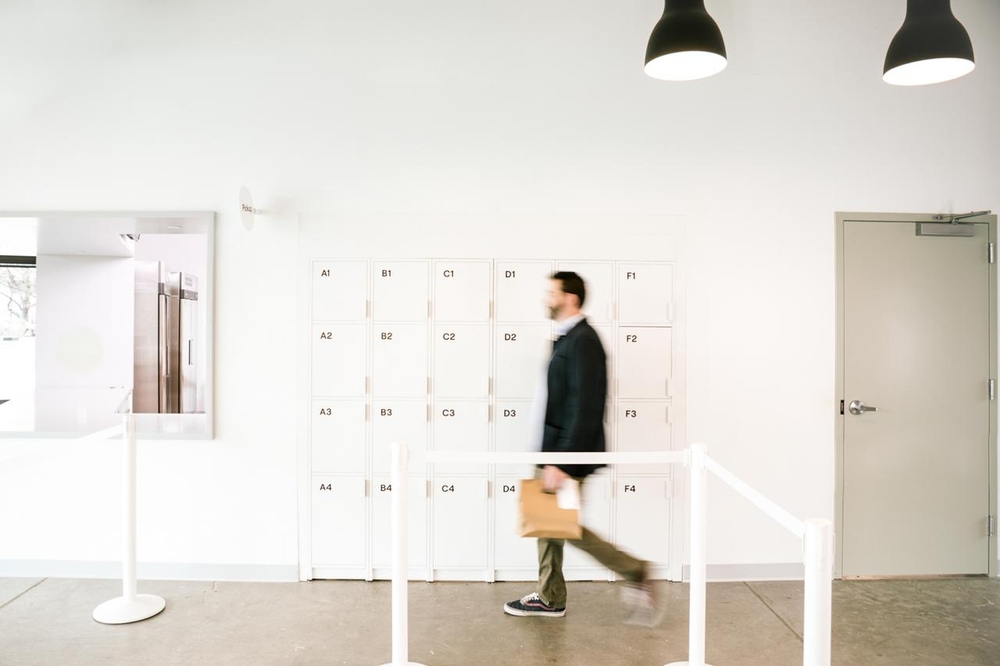How to Open a Restaurant in Texas
Table of Contents
CloudKitchens
How many tacos can be delivered from a 1000sqft restaurant?
The same amount as a 200sqft ghost kitchen.

How to open a restaurant in Texas
If you’re thinking about opening a restaurant, Texas is the perfect place to establish your cooking roots. As a gastronomic melting pot and foodie mecca—featuring everything from signature Tex-Mex and barbecue to top-quality international cuisines—the Lonestar state is home to a rich and vibrant culinary scene.
This dynamic food culture combined with the nation’s most business-friendly climate, has turned Texas into a magnet for aspiring restaurateurs eager to make their mark on the local food scene.
That said, before you can start serving up signature dishes, there’s a sequence of critical steps you must first take to legally operate and then succeed in the boiling-hot restaurant industry.�
To that end, here’s your detailed guide on how to open a restaurant.
Step 1: Establish your concept
What’s your vision for the restaurant you want to bring to life in Texas?
In smaller Texan communities, simply introducing a fresh culinary style might be enough to carve out your niche. However, in vibrant foodie hubs like Houston, Dallas, or Austin, you’ll need to dish out something exceptionally unique to stand out from the crowd.
Maybe you’re already toying with a potential menu, or perhaps you’re considering a fusion dining experience that melds two distinct cultures. Wherever your taste buds lead you, your restaurant concept should serve as your North Star, influencing every aspect of your restaurant venture—the menu, staff, service standards, decor, ambiance, and branding.
Step 2: Create a business plan
Now it’s time to get that concept formalized. At the heart of every thriving restaurant lies a robust restaurant business plan. This crucial document guides all your business operations—from back-of-house activities to front-of-house customer service—and plays a pivotal role in acquiring funding.
Your business plan should address essential questions about your food offerings, the dining experience you aim to create, your target audience, competition in the market, unique selling propositions, marketing strategies, third-party food delivery services, and financing options.
Most business plans typically include the following elements:
- Executive Summary
- Restaurant Overview
- Market Analysis
- Proposed Menu
- Marketing Strategy
- Organizational Structure
- Financial Projections
Step 3: Seek funding
Opening up a restaurant is a substantial financial commitment. Seeing as the average cost to open a restaurant in Texas is north of $225,000, chances are, funding will help you move forward.
For this, you’ll need to present your business plan to financiers who may be willing to invest in your vision. While there may be several funding avenues available, you should primarily explore the following financing options:
- A commercial loan
- A business line of credit
- A small business loans
- Private investors
- Venture capital
Step 4: Settle on a location and secure essential equipment
Once you’ve secured the necessary funding, the next task is to select the perfect location for your restaurant. Prime real estate is a game-changer in the restaurant business, so consider factors such as:
- Foot traffic
- Visibility
- Parking
- Local competition
- Demographics
At the same time, you’ll need to begin sourcing the necessary equipment for your restaurant. This will include kitchen equipment like ovens, stoves, refrigerators, and dishwashers, as well as front-of-house items such as tables, chairs, bar equipment, and décor.
Consider operating a ghost kitchen
If you want to mainly focus on your culinary creations while minimizing startup costs and complexities associated with traditional, brick-and-mortar restaurant setups, a ghost kitchen could be an ideal solution.
Ghost kitchens, or virtual kitchens, are professional food preparation facilities designed exclusively for takeout or delivery orders. They provide the commercial kitchen space, operational and service support, essential kitchen equipment, and utilities management and maintenance that a budding restaurant might require.
In short, ghost kitchens are low-risk-profile options.
They’re perfect for budding restaurateurs who want to test out their chops before investing large sums of capital. And they’re ideal for franchise owners to test the waters in a new market.
Step 5: Apply for licenses and permitting
As you enter into restaurant ownership in Texas, you must comply with all regulatory requirements to open up shop and then avoid any legal complications down the line.
The specific permits and licenses will vary from one enterprise to another, depending on the restaurant’s operational nature, the area it operates within, and the local rules and regulations.
Having said that, you’ll still likely need to apply for the following:
- Certificate of Occupancy
- Food Service License
- Food Handler’s Permit
- Liquor License
Keep in mind, that this list is not exhaustive. To ensure full compliance with Texas’ state food safety laws, you should consult with your local permitting office and carefully review the retail food establishment guidelines available on the Texas Health and Human Services website.
Start your Texas restaurant with CloudKitchens
Starting a restaurant in Texas is a complex process with many moving parts. Between finding an ideal venue, stocking it out, and then acquiring the various permits and licenses, it can take years and hundreds of thousands of dollars before you ever serve up a single meal to customers.
By partnering with a ghost kitchen like CloudKitchens, you can fast-track your Texas restaurant business. At CloudKitchens, we can help you set up a fully operational and permitted kitchen in as little as 4 weeks. Each space comes with:
- 200 sq ft commercial kitchen space
- Operational and services support
- Foundational kitchen equipment
- Utilities and maintenance
CloudKitchens offers the ghost kitchen space you need to turn out delicious food without the hassle. Whether you’re an established restaurateur seeking expansion or a young chef trying to burst onto the culinary scene, our functional equipment is ready to serve your future food fanatics.
Take a tour of our CloudKitchens to learn why they’re an exceptional next step on your journey as a culinary chef.
Our Texas Locations include:
• Austin
• Dallas
• Fortworth
• Plano
• Houston
• San Antonio
Explore ghost kitchen locations across the US:
- Ghost kitchens in San Francisco
- Ghost kitchens in LA
- Ghost kitchens in NYC
- Ghost Kitchens in Toronto
- Ghost Kitchens in Atlanta
- Ghost Kitchens in Dallas
- Ghost Kitchens in Chicago
- Ghost Kitchens in Denver
- Ghost Kitchens in Miami
| DISCLAIMER: This information is provided for general informational purposes only and the content does not constitute an endorsement. CloudKitchens does not warrant the accuracy or completeness of any information, text, images/graphics, links, or other content contained within the blog content. We recommend that you consult with financial, legal, and business professionals for advice specific to your situation. |
Sources:
Dallas Morning News. Texas ranks as the best business climate for companies looking to relocate or expand. https://www.dallasnews.com/business/2023/06/26/texas-rates-as-best-business-climate-for-companies-looking-to-relocate-or-expand/
Forbes. Writing a Restaurant Business Plan. https://www.forbes.com/sites/garyocchiogrosso/2023/02/24/writing-a-restaurant-business-plan/?sh=1aff746d4513
Back of House. How To Open A Restaurant In Texas (Successfully). https://backofhouse.io/stories/how-to-open-a-restaurant-in-texas#
More insights & stories
There’s more where that came from.
Get in the know and check out our additional insights



